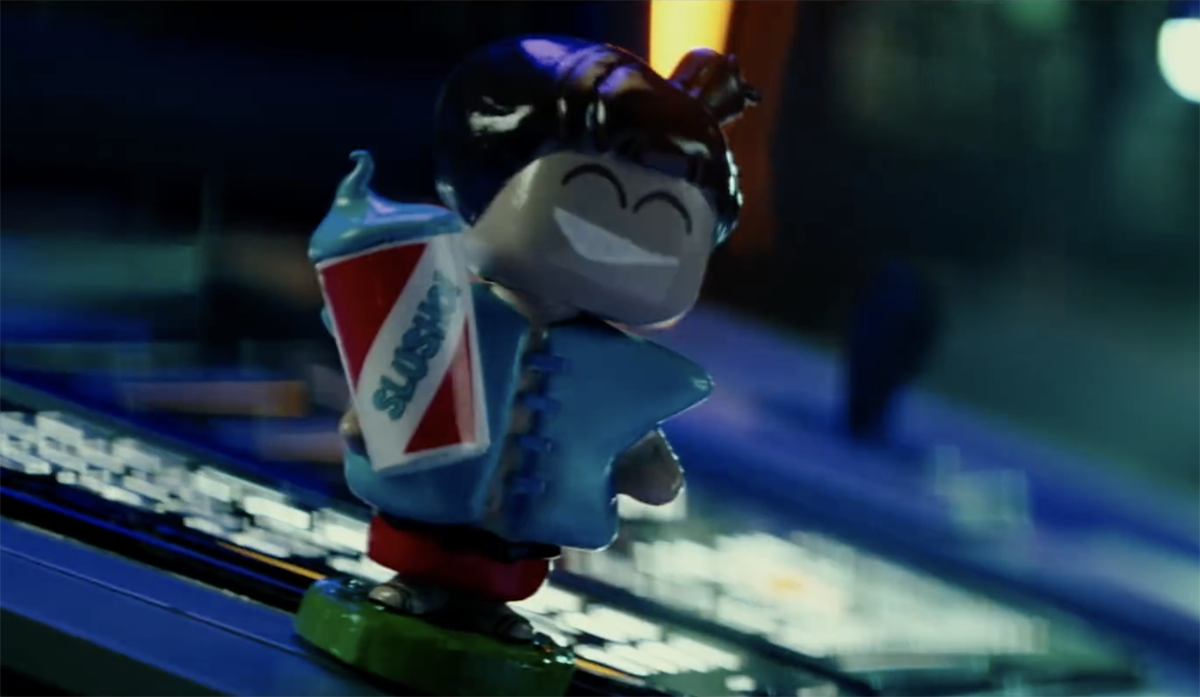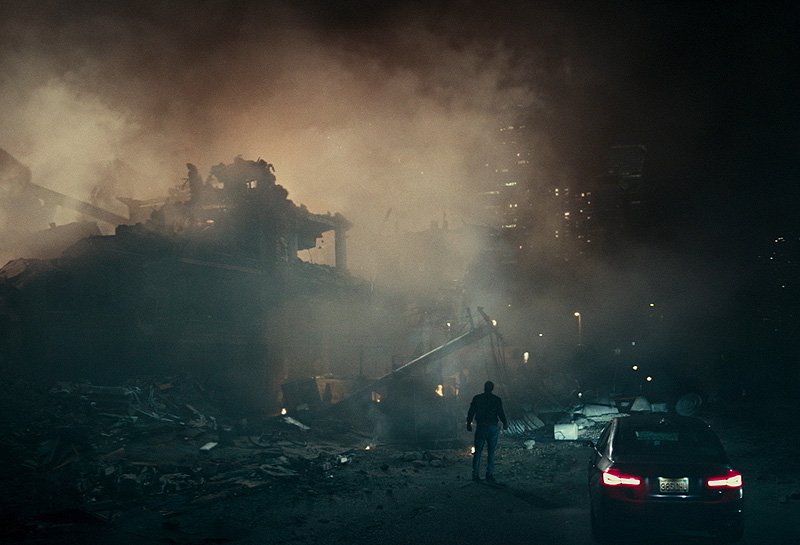The Cloverfield Paradox Super Bowl spot arrives, film streaming tonight!
Netflix‘s The Cloverfield Paradox made a surprise debut on the streaming service after the Super Bowl last night. Now that many of you have seen the third Cloverfield movie, we thought we would point out a few ways the new film unites the previous two films into one cohesive universe. Check out 6 Ways The Cloverfield Paradox Connects the Cloverfield Movies in the gallery below and, of course *SPOILERS BEWARE*!
RELATED: The Cloverfield Paradox Super Bowl Spot Arrives, Film Streaming Tonight!
The film itself, which arrives exactly a decade after the first movie, is a sci-fi horror film in the vein of Event Horizon, and sets the stage for nearly limitless possibilities for Cloverfield sequels, including the forthcoming World War II film tentatively titled Overlord.
In the near future, a group of international astronauts on a space station are working to solve a massive energy crisis on Earth. The experimental technology aboard the station has an unexpected result, leaving the team isolated and fighting for their survival.
The Cloverfield Paradox stars David Oyelowo (Selma, Interstellar), John Ortiz (Fast & Furious films, Kong: Skull Island), Elizabeth Debicki (The Night Manager, The Man From U.N.C.L.E.), Gugu Mbatha-Raw (Concussion, Beyond the Lights), Chris O’Dowd (The IT Crowd, Moone Boy, Thor: The Dark World), Ziyi Zhang (Crouching Tiger, Hidden Dragon) and Daniel Bruhl (Captain America: Civil War, Rush).
Directed by Julius Onah (The Girl is in Trouble), the film was originally scripted by Freaks of Nature and 22 Jump Street scribe Oren Uziel. The project was rewritten by Star Trek Beyond‘s Doug Jung.
What are other ways you think The Cloverfield Paradox connects to the other films? How does the new movie compare to the other two? Let us know in the comments below!
How Cloverfield Paradox Connects Previous Movies
-
The Title Paradox

The most unifying element in the new film is the actual "Cloverfield Paradox" as espoused by theoretician Mark Stambler (Donal Logue), who appears on a news show discussing how the particle accelerator they're testing in space could rip open the membrane of space-time. "Smashing together multiple dimensions, shattering reality, and not just on that station… everywhere. This experiment could unleash chaos the likes of which we have never seen. Monsters, demons, beasts from the sea… and not just here and now. In the past, in the future, in other dimensions." That means that even though this film takes place slightly in the future, it could mean other films set in the present or past like 10 Cloverfield Lane or the upcoming WWII-set Overlord could feel the effects. It also means anything and everything can collide with reality going forward in this franchise, for better or worse.
-
Kelvin Gas

The name Kelvin appears in all of J.J. Abrams movies (it's the name of his maternal grandfather), from the name of the ship at the beginning of Star Trek to the name of a ridge in The Force Awakens. In 10 Cloverfield Lane, the character Michelle (Mary Elizabeth Winstead) is seen refueling her car at a Kelvin station, while in Cloverfield Paradox we see Ava Hamilton (Gugu Mbatha-Raw) and her husband Michael (Roger Davies) in a 2-hour gas line at, you guessed it, Kelvin gas. The scene is meant to underscore the extreme power deficit the Earth is at. It should also be mentioned that Kelvin Gas appears in Super 8 as well, and it's up to fans to decide if they consider that film retroactively part of the Cloverfield universe now that we know monsters were unleashed in the past as well.
-
Slusho

There is a Slusho bobble head visible on one of the command consoles onboard Cloverfield Station. The Slusho company has a history in Abrams properties dating back to Lost, through Star Trek and Super 8 and even a visual nod at Kelvin Gas in 10 Cloverfield Lane. It might have extra significance for Cloverfield Paradox, as the Station itself is likely a subcontracted product of the Tagruato corporation, which also counts Bold Futura (the company John Goodman worked for) and, yes, Slusho as its companies. Tagruato was also founded in 1945, the year after the upcoming 4th film Overlord takes place during the D-Day invasion. Another one of their subsidiaries is Yoshida Medical Research, which deals in deep-sea study that may have led to the activation of the Cloverfield monster from the ocean.
-
Bunker

Back on Earth, Hamilton's husband Michael finds a young girl from Philadelphia named Molly (Clover Nee, actual name). They hide out in a sealed underground bunker not unlike the one John Goodman's Howard Stambler built in 10 Cloverfield Lane. This indicates that the timeline for both these movies may have existed during a preamble to war between Russians and America, thus the bomb shelters, and meaning that Stambler's shelter may not have been a weird thing to have in this universe.
-
Water Landing

One of the strongest connections to the 2008 original is that it is the Cloverfield Station itself that is the satellite seen crashing into the ocean in the final shot of the first Cloverfield. That retroactively sets the timeline of that film forward to this future timeline, which makes sense since the date on the camera at the end of the '08 film features no year, only the date. It's also possible that ALL the movies exist in different timelines, hence a multiverse of possibilities.
-
Clovie

The biggest thing (literally) tying this film to Cloverfield is the actual Cloverfield monster from the 2008 film, which emerges from under the clouds obviously bigger and angrier than the one we saw prior. How he connects with the creatures seen in 10 Cloverfield Lane remains to be seen. Clovie can also be seen briefly as a silhouette behind a cloud of yellow smoke that Michael witnesses.










